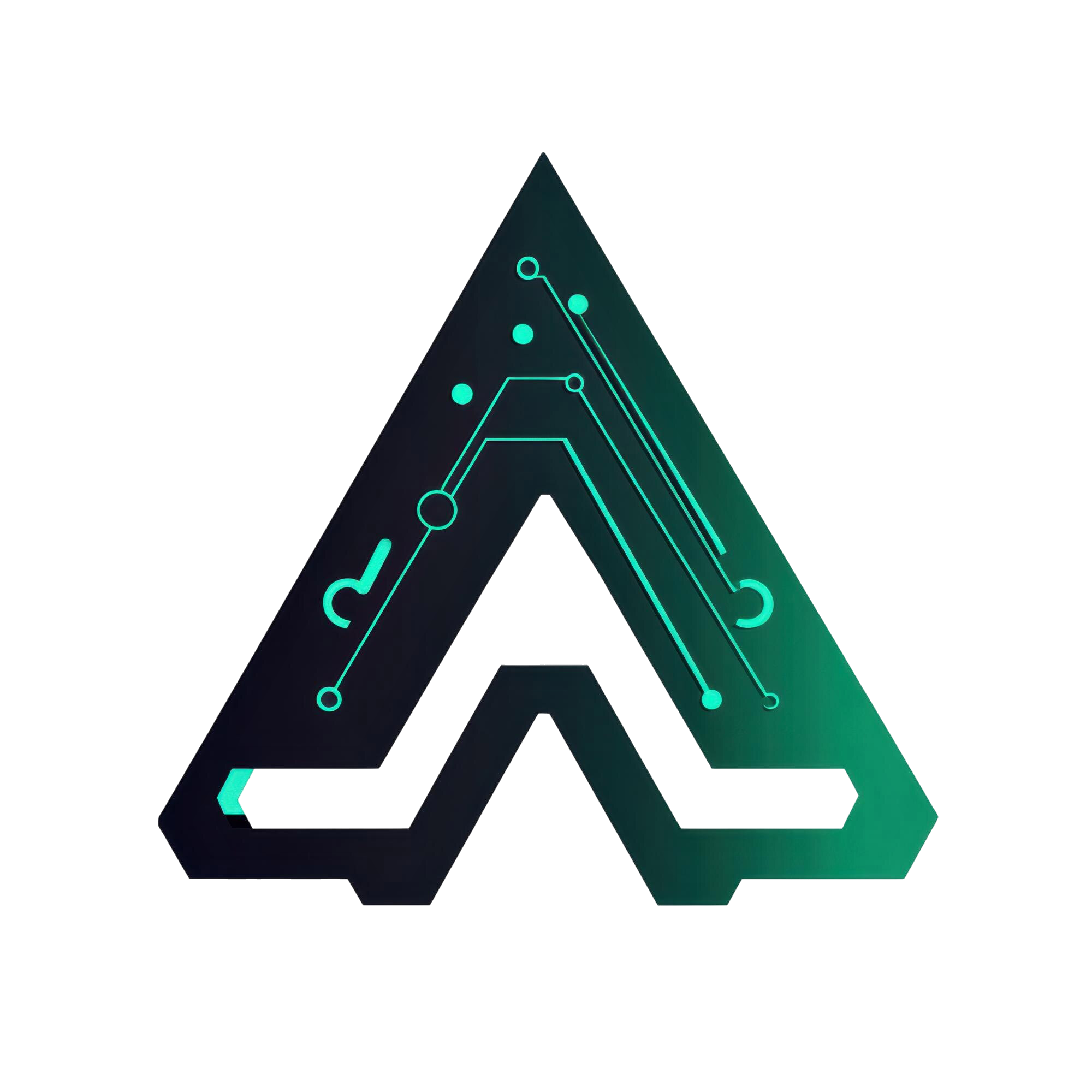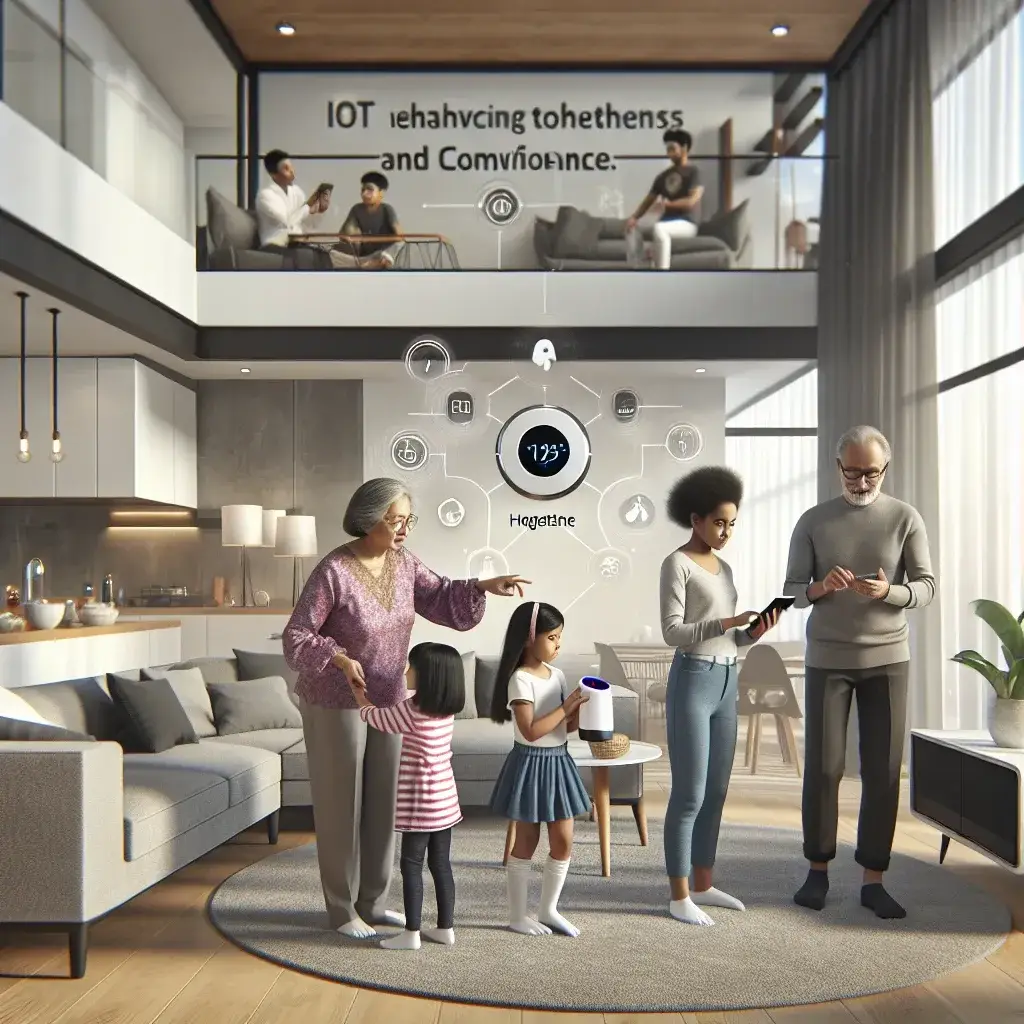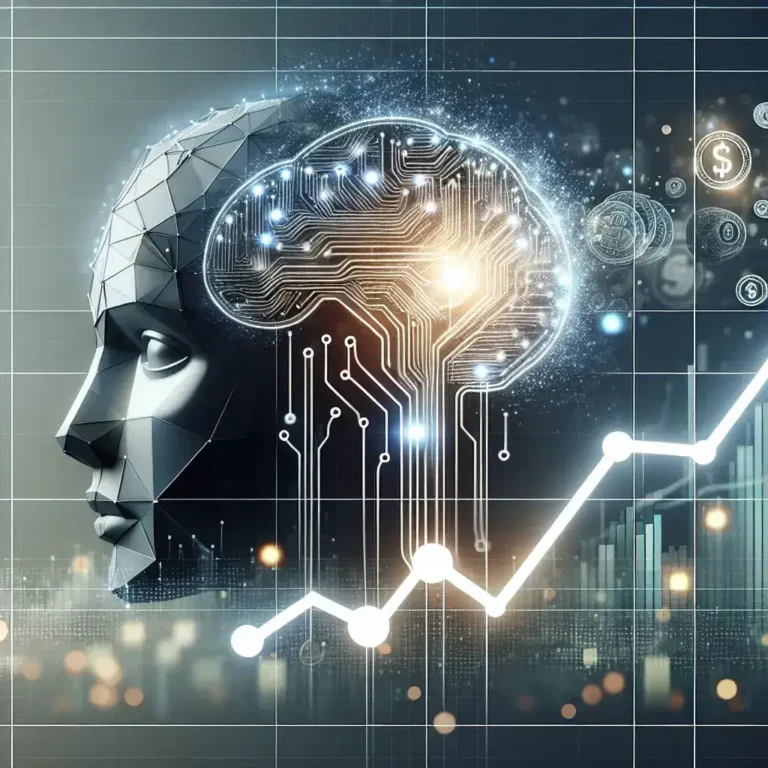Understanding IoT in Smart Homes
The Internet of Things (IoT) refers to the connection of various devices to the internet, enabling them to send and receive data. In the context of smart homes, IoT devices integrate seamlessly into daily life, offering enhanced control, convenience, and efficiency.
Key Components of IoT in Smart Homes
- Smart Appliances: These include refrigerators, washing machines, and ovens that can be controlled remotely or programmed to operate at certain times.
- Smart Thermostats: Devices like the Nest Thermostat learn user preferences for heating and cooling, optimizing energy usage and contributing to cost savings.
- Smart Lighting: Automated lighting systems can adjust based on occupancy or time of day, providing comfort and security.
- Security Systems: IoT-enabled cameras and smart locks allow homeowners to monitor their property in real-time from anywhere in the world.
- Home Assistants: Voice-activated devices such as Amazon Alexa and Google Assistant can control all connected IoT devices, making everyday tasks easier.
Benefits of IoT in Smart Homes
1. Increased Convenience
IoT devices allow homeowners to manage their homes remotely, providing greater flexibility in daily routines. Setting schedules for appliances or controlling lighting from a smartphone can simplify life significantly.
2. Enhanced Security
With real-time surveillance and alerts, smart home security systems can help deter criminal activity. Homeowners can receive notifications when unusual activities occur, allowing them to act promptly.
3. Energy Efficiency
Smart thermostats and lighting help monitor and reduce energy consumption. By adjusting settings according to actual usage, families can lower their utility bills while being environmentally friendly.
4. Improved Quality of Life
IoT technology can assist individuals with disabilities. For example, voice-activated systems can control various home environments, making everyday tasks easier.
Challenges in Implementing IoT in Smart Homes
1. Security Concerns
As more devices connect to the internet, the risk of hacking increases. Ensuring robust security measures are in place is crucial for protecting personal data.
2. Compatibility Issues
Not all IoT devices are compatible with each other. Choosing a cohesive ecosystem can be challenging for homeowners looking to integrate multiple devices.
The Future of IoT in Smart Homes
The future of IoT in smart homes is promising, with advancements in artificial intelligence and machine learning. These technologies will make devices smarter, providing even more personalized experiences. As the technology evolves, we can expect smarter integration, ease of use, and diversification in options available to homeowners.
Conclusion
IoT technology plays a vital role in the evolution of smart homes, driving convenience, security, and energy efficiency. As consumers increasingly embrace these innovations, the potential for seamless smart living continues to grow, making daily life easier and more enjoyable.




Leave a Comment